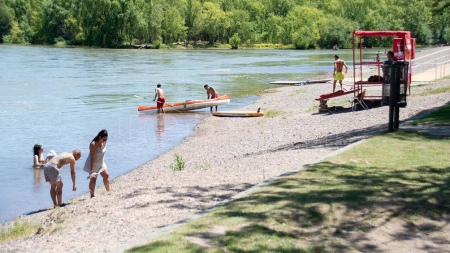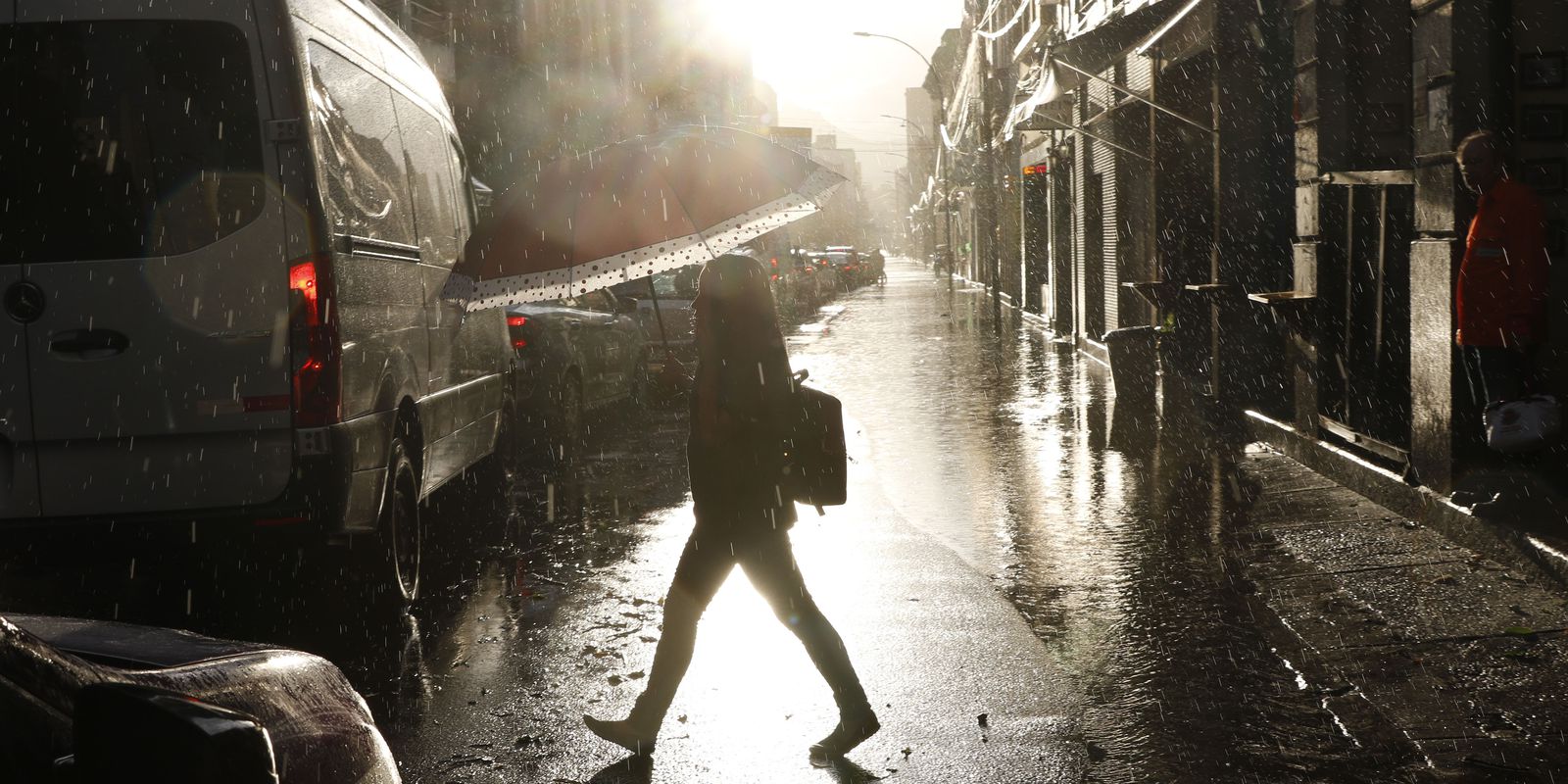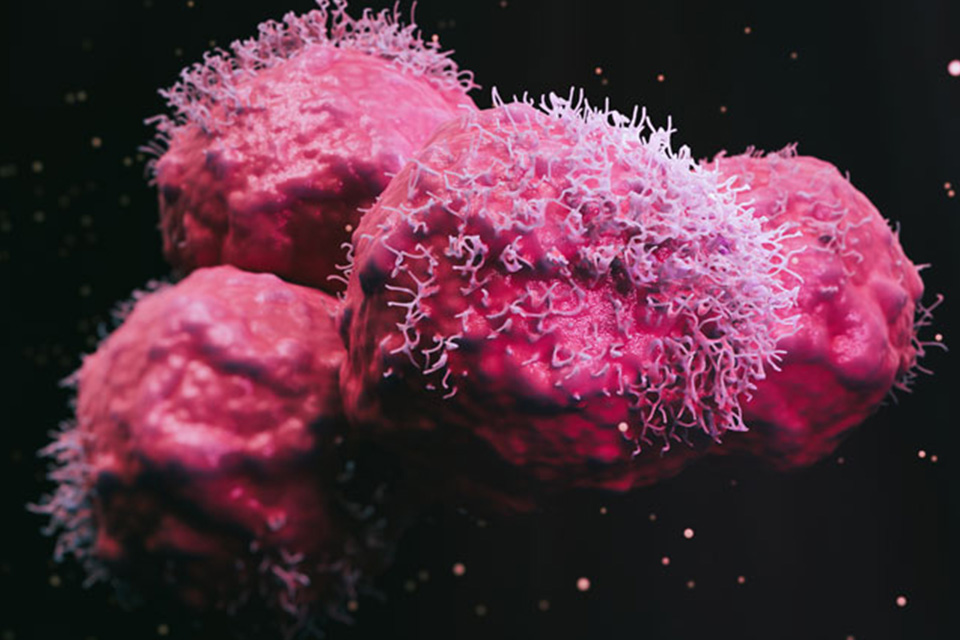The Rio Negro cities of San Antonio Oeste and Viedma are the ones that registered the highest temperatures in the entire country in a new sweltering day that exceeded 30 degrees in Patagonian towns such as Puerto Madryn and Trelew, in Chubut, and Puerto Deseado, in Santa Cruz , and that keeps almost the entire national territory under alert of different levels for heat, according to the National Meteorological Service (SMN).
From 9 o’clock, the city of San Antonio West It is leading the temperature ranking that the SMN updates every hour with the data obtained from the different meteorological observatories in the country, a table that is usually led by cities in northern Argentina.
However, since last Tuesday the dominance of high pressures in the Argentine Sea and the South Atlantic Ocean has caused winds from the north sector and the movement of very warm and dry air from the north of the country to Patagonia, inclusive.
These temperatures will continue at least until Sunday with values that will oscillate between 15 and 27 degrees minimum and between 32 and 40 degrees maximum, especially in central and northern Patagonia, according to the SMN, and remarked that “these values are, on average, between 3 and 4 degrees higher than what is normal in this region”.
In this sense, the north of Black river It reached, at 3:00 p.m., temperatures of 40.8 in San Antonio Oeste and 40.3 in Viedma, placing these cities in first and second place in the ranking of temperatures and other towns in the province also reached high thermal marks such as Maquinchao ( 33.8), El Bolsón (32.1) and Bariloche (28.7).
While, chubut it also registered temperatures above 30 degrees, with Puerto Madryn with 32.8; Trelew and Paso de los Indios with 32.3; Comodoro Rivadavia with 31.9 and Esquel with 27.4.
The high temperatures also affected the province of Santa Cruz, where 31.1 degrees were registered in Puerto Deseado, 22.4 in Perito Moreno and 20 in El Calafate.
Orange alert
In this scenario, the SMN issued an orange heat alert for the Confluencia area, east of Añelo, east of Pehuenches and Picún Leufú, towns located east of Neuquén.
Likewise, a warning of the same level applies to the entire north of Río Negro and to the departments of Chical Co and Puelén, in La Pampa, where records above 37 degrees are expected.
The agency also issued alerts, although yellow level due to heat, for a large part of the center and south of the country such as the area of the Buenos Aires suburbs, south center of the province of Buenos Aires and the northern area of Entre Ríos.
A large part of Córdoba, San Luis, Mendoza, Neuquén, La Pampa, Río Negro, Chubut, Santa Cruz and the Malvinas Islands are also under yellow alert for heat, where maximum temperatures of 19 degrees will be recorded.
These days of suffocating heat will continue in the center and north of the national territory at least until next Tuesday, with maximum temperatures that can reach between 33 and 42 degrees, with the highest values in La Pampa, west of Buenos Aires, Córdoba , coastal and NOA sectors.
Given the persistence of these thermal values, and that during the nights and early mornings “it will remain warm, with minimum temperatures that will be between 19 and 28 degrees in the north and center of the country, it is likely that heat waves will occur, which happens when for at least three consecutive days the minimum and maximum thresholds established for the different cities are reached.
High temperatures and their effects on health
High temperatures put people’s health at risk, especially those over 60 years of age and infants and children. Exposure to them can cause heat stroke, characterized by a severe headache, loss of consciousness, increased extreme body temperature, dizziness and dry skin, warned the SMN.
Consequently, he advised increasing the Fluid intake to maintain adequate hydrationDo not expose yourself to the sun excessively or during central hours of the day, avoid alcoholic or highly sugary drinks, avoid very abundant meals, eat vegetables and fruits instead of abundant meals, reduce physical activity, wear light, loose-fitting, and colored clothing clear and stay in ventilated or conditioned spaces.









